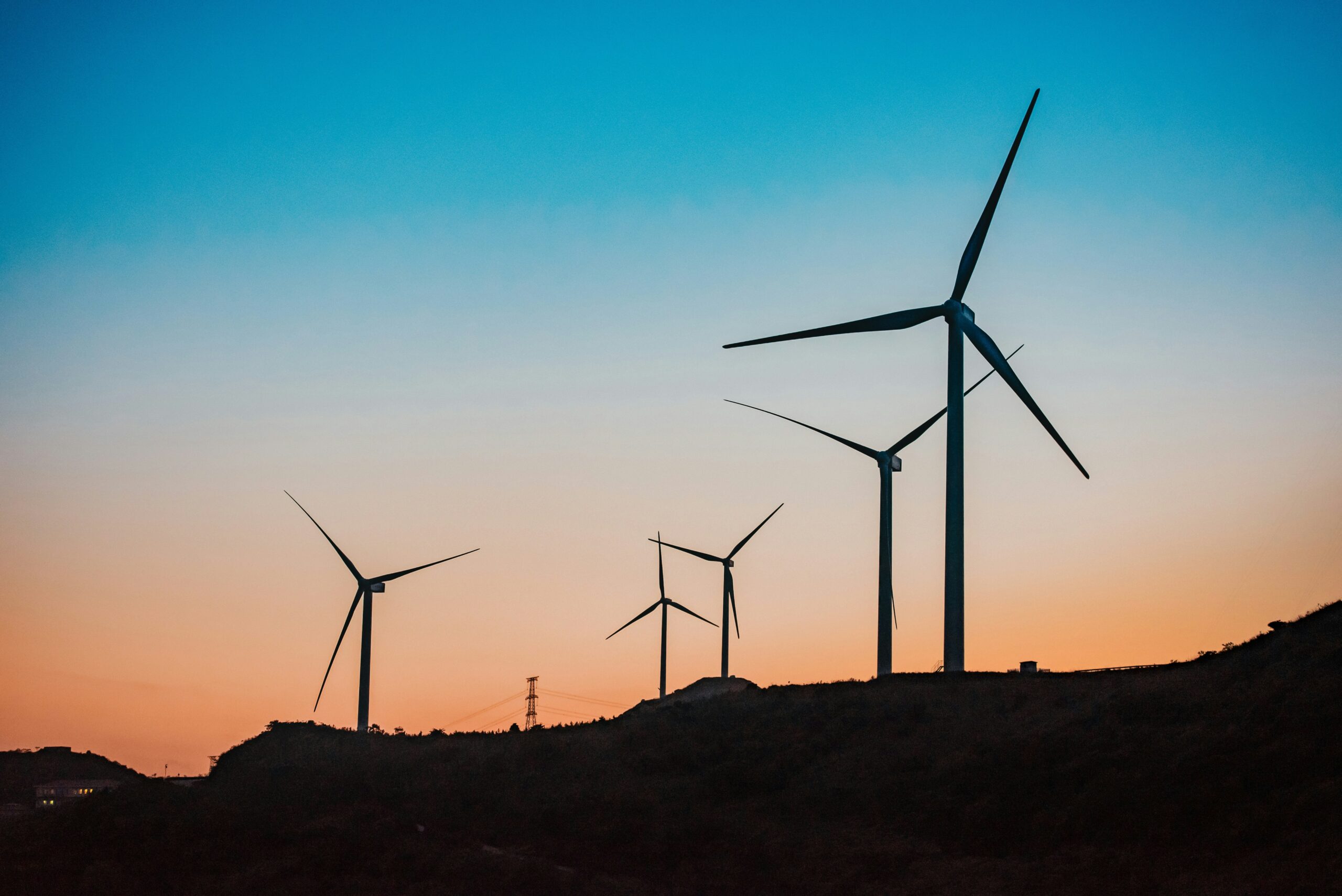Offshore wind farms represent a pivotal development in our journey toward sustainable energy, yet their burgeoning presence raises important questions about their impact on marine ecosystems.
As the world seeks cleaner energy solutions, offshore wind farms have emerged as a promising option. However, their interactions with marine life spark critical discussions among scientists, environmentalists, and policymakers.
Understanding Offshore Wind Farms
Offshore wind farms consist of large turbines installed in ocean waters to capture wind energy. This method leverages stronger and more consistent wind patterns found at sea, boosting energy production.
Expert Insights
Dr. Emily Baxter, a marine biologist, highlights that while offshore wind farms offer sustainable energy, they can disrupt marine habitats. “It’s vital to balance renewable energy needs with the protection of marine biodiversity,” she notes.
Research and Findings
A study from Marine Ecology Progress Series indicates that turbine installations can alter water currents and affect marine species’ behavior. Noise pollution from construction and operation is a concern, potentially impacting marine mammals’ communication and navigation.
Personal Experiences
James, a fisherman from a coastal town, shares his observations: “The turbines have changed our fishing patterns. Some species have moved away, while others seem to thrive around the structures.” This mixed impact underscores the complexity of the issue.
Environmental and Economic Benefits
Despite challenges, offshore wind farms provide significant environmental benefits by reducing reliance on fossil fuels. They also stimulate local economies through job creation in construction and maintenance.
Actionable Advice
- Conduct comprehensive environmental impact assessments before installation.
- Implement noise-reduction technologies during construction.
- Collaborate with marine scientists to monitor and mitigate ecological impacts.
Consider advocating for adaptive management strategies that allow for ongoing assessment and adjustment of offshore wind farm practices to minimize ecological disruption.
Comparative Analysis
| Aspect | Positive Impact | Negative Impact |
|---|---|---|
| Energy Production | Increases renewable energy sources | Requires significant initial investment |
| Marine Biodiversity | Potential artificial reefs | Disruption of habitats |
| Local Economy | Job creation | Potential impact on local fisheries |
| Noise Pollution | – | Affects marine mammals |
| Water Currents | – | Alters natural flow patterns |
| Visual Impact | – | Alters coastal landscapes |
| Carbon Footprint | Reduces emissions | – |
| Technological Advancements | Encourages innovation | – |
FAQs
How do offshore wind farms affect marine life?
They can alter habitats and behaviors, but can also provide new habitats like artificial reefs.
What measures can mitigate their impact?
Environmental assessments, noise reduction, and adaptive management strategies can help.
Are there economic benefits?
Yes, they generate jobs and contribute to local economies.
Conclusion
The development of offshore wind farms is a critical component of renewable energy innovation. While they offer environmental and economic benefits, it is essential to address their ecological impacts through careful planning and adaptive management. By fostering collaboration between scientists, policymakers, and local communities, we can harness the power of wind energy while safeguarding marine ecosystems.




Leave a Reply